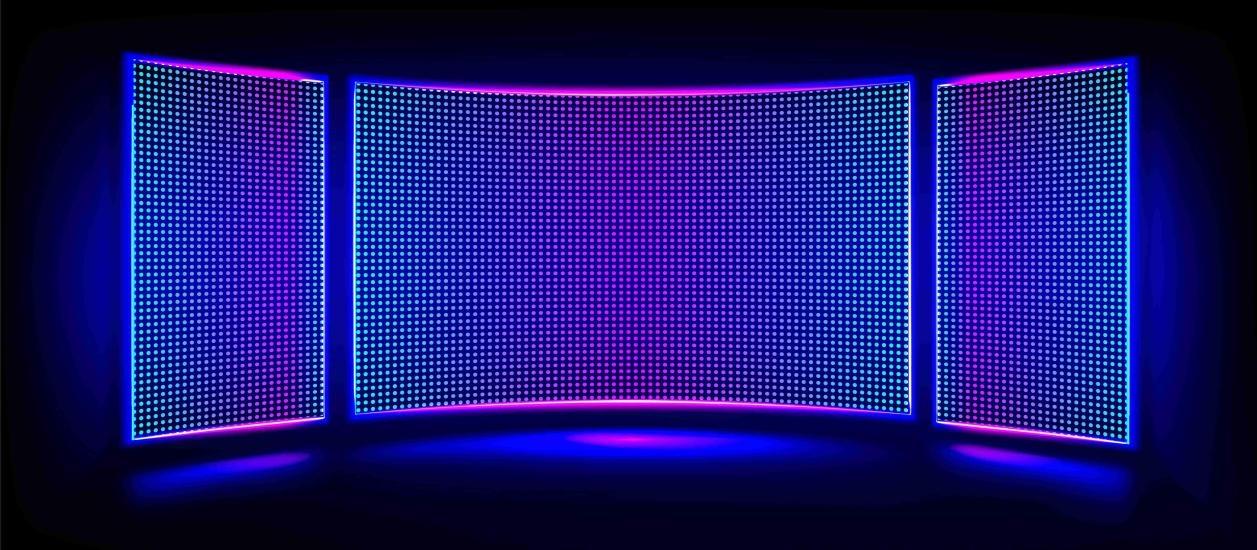Sansi LED: Sustainable LED Lighting and Integrated LED Display
Delivering premium and professional LED Display, LED Lighting, Smart City Integration solutions, trusted by over 60,000 companies worldwide everyday. From industrial lighting to commercial lighting, from outdoor advertising to XR & VR production, Sansi LED greatly improves the quality and sustainability of your business with 30 years of expert experiences.
In recent years, LED holographic display technology has emerged as a groundbreaking innovation, revolutionizing how we interact with visual content. Unlike traditional screens, holographic displays create three-dimensional images that appear to float in mid-air, offering an immersive and futuristic viewing experience. This technology is rapidly gaining traction across various industries due to its unique advantages and transformative applications.

Key Advantages of LED Holographic Displays
1. True 3D Visualization Without Glasses
Unlike conventional 3D screens that require special glasses, holographic displays generate lifelike 3D images visible to the naked eye. This enhances user engagement in gaming, advertising, and medical imaging.
2. High Brightness and Clarity
LED-based holographic screens deliver superior brightness and contrast, making them ideal for outdoor and high-ambient-light environments. This makes them perfect for digital billboards, exhibitions, and public installations.
3. Interactive and Dynamic Content
Advanced sensors and AI integration allow users to interact with holograms through gestures, voice commands, or touch. This feature is particularly valuable in retail, education, and virtual collaboration.
4. Energy Efficiency and Longevity
LED technology is known for its low power consumption and durability. Holographic displays built on LED platforms benefit from these traits, reducing operational costs and environmental impact.

5. Versatile Applications Across Industries
From entertainment to healthcare, holographic displays are opening new possibilities:
Retail & Advertising: Brands use floating 3D ads to attract customers in shopping malls and trade shows.
Medical Imaging: Surgeons can visualize complex anatomical structures in 3D for better precision.
Education & Training: Interactive holograms enhance learning by simulating real-world scenarios.
Entertainment & Gaming: Immersive holographic concerts and VR gaming redefine user experiences.
Automotive & Navigation: HUDs (Heads-Up Displays) with holographic projections improve driver safety.
The Road Ahead
As LED holographic technology continues to evolve, we can expect even thinner, more flexible, and higher-resolution displays. With advancements in AI and augmented reality (AR), holographic screens may soon become a standard in smart homes, virtual meetings, and smart cities.
The era of flat screens is giving way to a dynamic, interactive, and visually stunning future—powered by holography. Are you ready to step into the next dimension of display technology?
-
NO DATA
